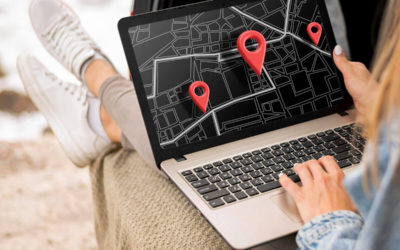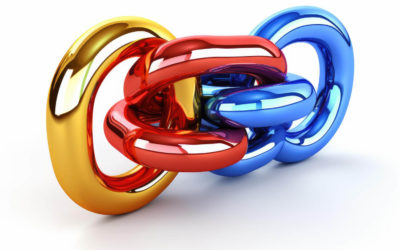Sending the right message at the right time to your potential buyers is an essential aspect of marketing. In order to send the right message, it is important to understand the buyer’s journey stages.
Here are the four stage of the buyer’s journey:
- Awareness
- Consideration
- Decision
- Evaluation
Awareness
In the awareness stage, the prospect realizes they have a problem that needs to be solved. Prior to this stage, they may not have even realized there was a problem and are living or working with the status quo.
Let’s take an example of purchasing a new computer. Maybe I have had the same device for 10 years and it seems to be running fine. I check my email, browse the web, and wait for applications to load as my system is taxed out.
During the awareness stage, your marketing should focus on helping someone to realize there are better and faster devices out there that may greatly reduce their frustrations and save time. In our computer example, you may focus your collateral on helping users to identify they have a slower device and there are better options out there.
Jumping into selling something without helping prospects realize they have a problem is often a waste of time, energy, and money.
Consideration
In the consideration stage, the prospect has realized they have a problem and are evaluating potential options to solve their problem.
For prospects with a slow device, this might mean choosing between a device (laptop, desktop, tablet, phone) and platform (Mac vs. PC). During the consideration stage, providing helpful and clear comparison collateral can be very helpful.
The consideration stage should consider:
- How do buyers learn about different products and compare features?
- How do buyers decide?
- What various options are buyers considering? (be creative in this one as there may be many ways to solve the problem)
Solving these issues for buyers will help them consider their options and move to the decision stage.
Decision
In the decision stage, the buyer has decided how they will solve their problem and are considering who to buy from. In our device example, maybe they have settled on a mid-range PC laptop that meets their needs. Now, they are deciding between brand (Dell, HP, etc) and where to buy (Best Buy, Amazon, etc).
Understanding what you offer compared to alternatives is key in this stage. Consider:
- What do they like and dislike about the various options?
- What are buyer expectations around the purchasing process?
- Who needs to be involved in the decision, and are they included in the process?
Evaluation
Evaluation is a stage that may or may not have a big impact on your business line. Evaluation means does the consumer feel they made the right decision and would they make the same decision again?
This is often addressed in excellent post-sale service and support. Consumers of almost any product want to feel they make the right decision, and this will lead to repeat business and higher future satisfaction.
So, in five years will the laptop purchaser come back to you to buy a replacement or a device for a family member?
View more marketing resources.




